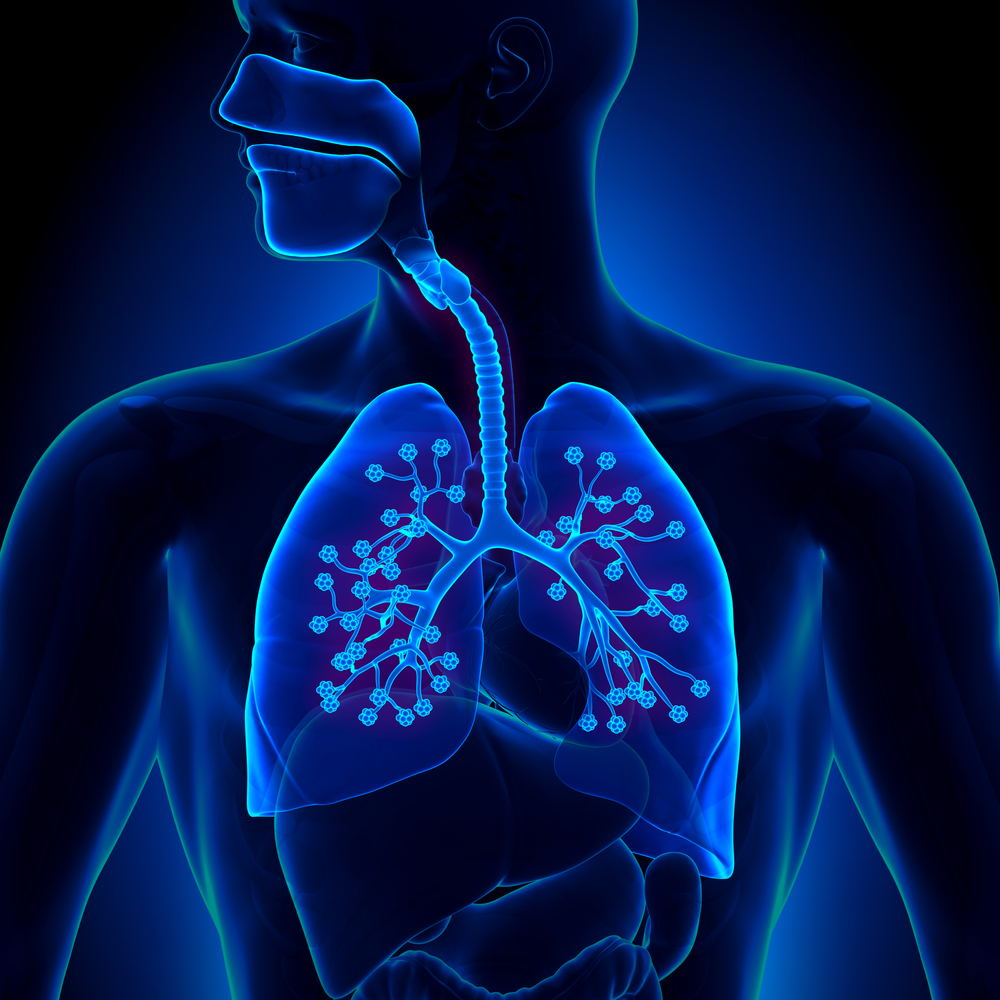Endogenous Lung Stem Cells and Cystic Fibrosis, an Introduction
Written by |

My past few articles have touched upon the application of stem cells for the treatment of cystic fibrosis (CF), and while some of these treatments demonstrate great promise for the future of CF, it is important to establish more necessary discourse. With my past articles discussing Embryonic Stem Cells (ESCs), Induced Pluripotent Stem Cells (iPSCs), Gestational Stem Cells, and Mesenchymal Stem Cells (MSCs), some may have noticed that none of these stem cells are actually from the lung itself. Naturally, this should lead to some questions, since the lungs endure great stress due to the exposure of bacteria and environmental particles. So it may come as no surprise that the lungs must have some sort of repairing mechanism that can keep us healthy despite this great stress.
In the early 2000s, research boomed with the discovery of stem cells found in the native tissues of many organs throughout the body. Known as adult stem cells, these cells have the ability to differentiate into the cells of their original tissue. Fortunately for those of us interested in cystic fibrosis, the lung was one of the organs that was explored on this frontier. Endogenous Lung Stem Cells, as they came to be known, are still in their research infancy, with their future still largely unknown. Currently, several studies have shown that these cells have the ability to turn into many different types of cells within the lung.
An advantage of using adult stem cells is that they can be harvested from the native tissue, expanded, and then used for therapeutic application without the fear of rejection. However, in the unfortunate event that the disease is genetic in nature, these reintroduced stem cells would contain the same mutation as the defective cells already in the lung. Therefore, before endogenous lung stem cells can be reintroduced into the body of a CF patient, the CFTR gene must be corrected in order to gain a full benefit.
Challenges are present with every stem cell line. With endogenous lung stem cells, the cells would have to be harvested from the patients’ own lungs. This procedure has not been performed in a CF patient, and many CF patients may have lung disease that has progressed too far for a safe procedure. More research needs to be done on less invasive, effective ways to obtain these stem cells. Another obstacle is keeping these cells in an undifferentiated state. In order to gain a full therapeutic effect, the cells must not immediately differentiate into their final destination of cell, but instead act as a cell resource that keeps regenerating cells that can then differentiate into new, healthy lung tissue.
Albeit a new territory in stem cell research, adult stem cells are worth pursuing. Unlike other stem cells like ESCs, these cells would not pose a threat of rejection if used, and also would not raise ethical concerns since the cells would be taken from already functioning organs. By establishing a greater understanding of endogenous lung stem cell, we can advance towards a life-changing cell therapy for those with cystic fibrosis and other chronic lung diseases.






